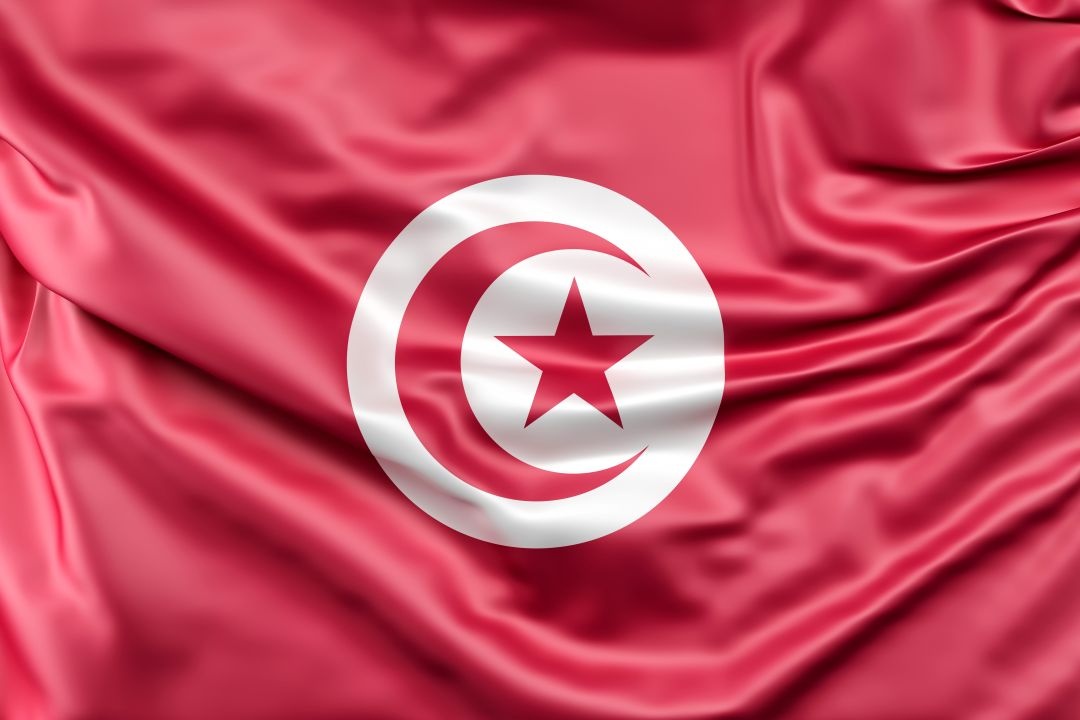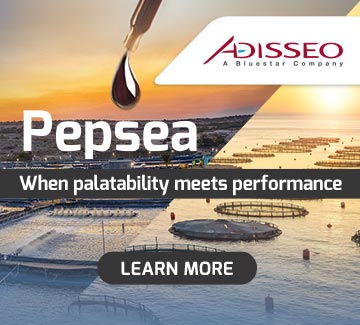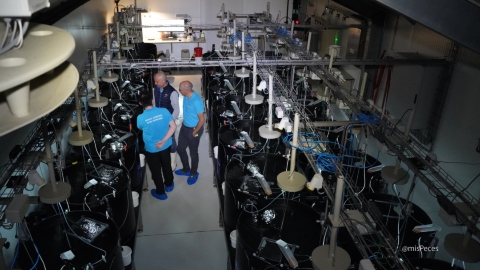
Planning aquaculture development in coastal areas facing user pressure remains one of the Mediterranean’s greatest challenges. A team of Tunisian researchers has taken a decisive step forward by applying an innovative multi-criteria spatial analysis model, combined with a mathematical combability assessment, to scientifically pinpoint the most suitable areas for marine cage aquaculture.
The study, published in Regional Studies in Marine Science, focused on Monastir Bay-Tunisian’s primary aquaculture hub, accounting for 60% of the country’s national output. In this densely shared space, where artisanal fishing, tourism, and marine conservation all compete for access, the team developed an evaluation system based on 22 criteria grouped into six key categories: marine domain characteristics, hydrodynamics, environmental protection, pollution prevention, use compatibility, and logistical efficiency.
“The model integrates physical, ecological and social data into a structured analysis, supporting transparent and evidence-based decision-making,” the authors explain.
To achieve this, a geographic information system precessed more than 4,300 spatial units, assigning each a compatibility score under two planning scenarios: one focused on operational development and another based on stricter environmental standards.
This methodological approach allowed for the precise delineation of two Allocated Zones for Aquaculture, each spanning 2.56 km2, which showed high compatibility in both scenarios. Selection was based on the rigorous exclusion of sensitive areas, including Posidonia oceanica meadows, protected zones, tourist sites, discharge points, and areas of intense maritime traffic.
Although production estimates are yet to be defined, the zones offer a clear and structured framework for developing new aquaculture sites in a planned and sustainable manner.
A flexible and replicable model for the Mediterranean
One of the study’s most valuable contributors is the model’s adaptability, making it suitable for varied territorial and marine context. Designed for application even in data-scarce environments-as is often the case in developing countries-the methodology aligns with the ecosystem-based approach advocated by both the FAO and the General Fisheries Commission for the Mediterranean (GFCM). The research also highlights the importance of involving local stakeholders in model design, blending technical expertise with territorial knowledge.
“Identifying suitable aquaculture zones cannot rely solely on biophysical criteria. Social acceptance and local dynamics must be incorporated for projects to truly thrive,” the researchers note.
The Monastir model stands as a strategic tool for the orderly development of aquaculture in Tunisia and serves as a methodological benchmark for other Mediterranean nations seeking to balance production growth, marine conservation, and participatory governance.
Reference:
Mzoughi, A., Romdhane, N., Azaza, M.S. (2025). Spatial suitability analysis for finfish aquaculture: A case study from the centre-east coast of Tunisia. Regional Studies in Marine Science, 87, 104225. https://doi.org/10.1016/j.rsma.2025.104225


